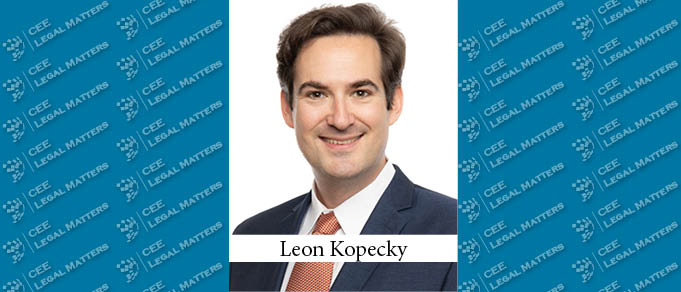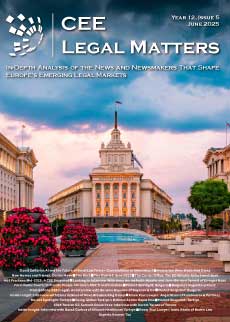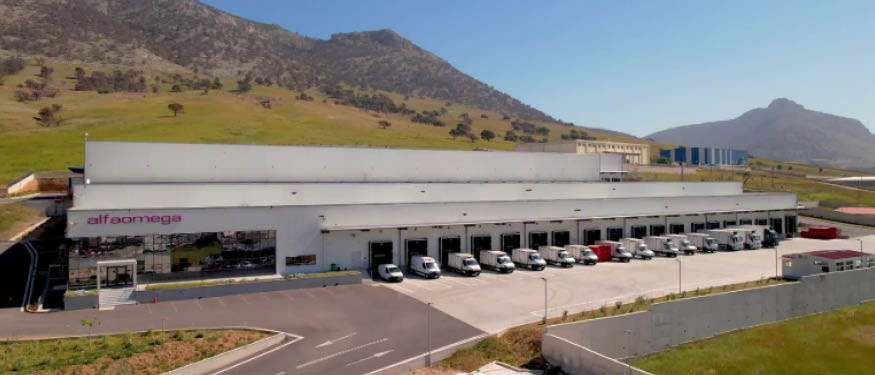Until a few decades ago, litigation funding was nowhere to be seen. Today, it is daily business across law firms in the US, UK, and Australia. Although it has taken longer to reach Europe, and particularly CEE, it has now firmly made its mark, and it looks like it is here to stay.
What is Litigation Funding?
Simply put, litigation funding (or legal finance) is where a non-related third party (the funder) provides monetary support to a party in a legal claim. In return, the third party receives an agreed portion of the proceeds resulting from that claim – or nothing, if the claim fails. In other words, the funder invests in the claim; the party receiving the funds benefits.
What Makes It So Appealing?
Legal disputes can be pricy, to say the least, and the outcome is never guaranteed. This can deter a party from pursuing its claim, even when the chances of success are high. There is often a fear of losing, of being ordered to pay the other side’s costs, and of the negative impact on a business’s financial status.
Litigation funding reduces the trepidation involved in pursuing a claim. By investing in the asset value of the legal claim, the funder shifts the costs and risks of the proceedings, thus alleviating budget pressures. A party can keep operating, making profit, and pursuing its legal claim.
Practically Speaking, What is Involved?
The funding process typically involves three stages: (i) project setup; (ii) agreement on financing; and (iii) running the dispute. At the outset, the party and its lawyers will work together to get the facts straight, gather information, and conduct a preliminary assessment of the claim. This is then presented to the funder, who carries out its own due diligence. Once the funder accepts the claim (and budget), the terms of the financing are agreed to and signed.
Since no two cases are the same, the funding process will always be tailored. Some funders will also offer financing to respondent parties, not just to claimants. Or, in the case of multi-claimant disputes, funders may provide financing to all claimants collectively. Each scenario will require a different setup and financing agreement (including, for example, how proceeds will be distributed between multiple claimants).
But with the right setup, a party can run a risk-free dispute, protected from legal fees, expenses, and even adverse costs.
A Closer Look: How Has Litigation Funding Fared in Austria?
As in other CEE jurisdictions, litigation funding is new to Austria.
An early concern was the prohibition of quota litis agreements (or contingency fee agreements). Under the Austrian Civil Code, contingency fee arrangements are prohibited; a lawyer cannot act as “a funder” for its client. But this does not apply to third party funders. So long as the arrangement with the funder does not resemble a lawyer/client contingency fee arrangement and the funder does not provide representation or legal advice to the party, the funding arrangement is not prohibited.
Any doubts about the legality of litigation funding in Austria were put to rest in 2013, when the Austrian Supreme Court (in its Ob 224/12b decision) approved the concept.
Today, the environment for litigation funding in Austria is stable. To a large extent, it remains unregulated (e.g., there is no formal obligation to disclose a funding arrangement in Austrian proceedings). Although yet to reach its full potential, litigation funding continues to grow and has become accepted practice in Austria.
Why Has Litigation Funding Come to CEE?
Several factors may explain why litigation funding has reached CEE now.
To begin with, legal disputes have become increasingly popular. As more businesses appreciate the advantages of international dispute resolution, more arbitration clauses are making their way into a variety of agreements. This increase in arbitration, coupled with the costs involved, has led to more claimants seeking funding options.
Mass claims are also on the rise, both in arbitration and litigation. For CEE, this a completely new trend. Traditionally, mass claims were rarely pursued. Meanwhile, investment arbitration is experiencing some of the largest mass claims to date (e.g., the case of Theodoros Adamakopoulos et al. v. Cyprus, with approximately 1,000 claimants). Multi-claimant disputes will often catch a funder’s eye. For their part, claimants are more likely to opt for a mass claim if they know their legal fees and expenses will be covered.
But perhaps the most obvious reason is this: litigation funding works. Worldwide its popularity has grown exponentially. Most of that growth has been in the last decade. The demand for funding comes from both investment arbitration and commercial arbitration. The parties seeking litigation funding are not just small businesses, but large well-capitalized companies that like keeping their balance sheets clean. This growth in demand has allowed funders to expand into other regions, including CEE.
Is Litigation Funding Here to Stay?
Litigation funding is readily available and a perfect solution for many claimants. The CEE region is becoming more arbitration-friendly. Word is spreading that parties can pursue their legal claims essentially risk free. As a result, it is clear that litigation funding is likely to stay and grow.
By Leon Kopecky, Partner, and Marina Stanisavljevic and Lukic Sebastian, Associates, Schoenherr
This Article was originally published in Issue 7.2 of the CEE Legal Matters Magazine. If you would like to receive a hard copy of the magazine, you can subscribe here.

















